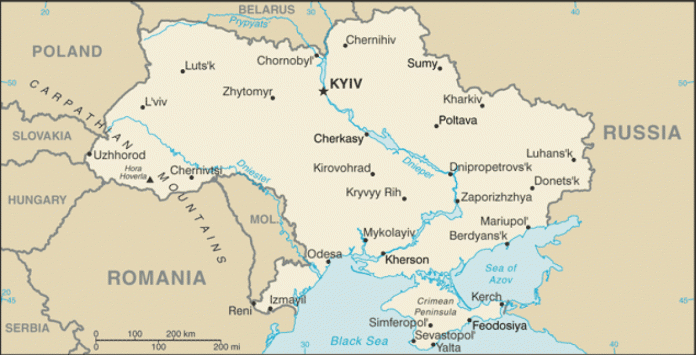Much ink has been used up in the last few weeks as ag scribes have speculated about the agreement to extend the Black Sea corridor agreement.
This is the agreement to allow free passage of grain ships out of Ukrainian ports — at least out of the ones that have functioning loadout facilities, functioning highways and railroads leading to them and functioning farms that have survived to ship grain to them.
I always imagined that there were active negotiations going on across those outsized conference tables, with men in suits and translators’ earpieces spaced around them, taking turns looking important.
Then, today I read that, actually, the extension of the agreement was automatic, if no one pulled out. Oh! So then, after the fact, Russia said they would only allow shipment for 60 days, even though the automatic renewal was for 120 days. Surprise!
China’s influence
The Russians think they can do anything they want to, like invading Ukraine in the first place. Some observers say the only reason they agreed to the extension was because China wants it.
China is also reported to be interested in brokering a peace agreement between the two warring countries. If you think this is good news, think again.
We can assume the result would be to freeze forces in place, leaving Ukraine with a large loss of territory and giving Russia a chance to rebuild its army for another phase of the war. Russia’s goal is to be king of the rubble pile, no matter how high the pile gets.
So far, China has maneuvered to be the recipient of cheap oil escaping the sanctions. Now, apparently, a significant percentage of the grain loaded out of the Black Sea may go to China. What a shock!
Russia needs Chinese help so as to not fall on their borscht-filled posteriors in this invasion that is not going so well. The Chinese, then, want exports to continue as a quid pro quo.
On the other side of the China news was the good news that they finally came to the market to buy 83 million bushels of U.S. corn in one week. This came as they had bought very little and had already loaded it out.
The cynic in me said they were just bargain hunting, and the price got cheap. That’s okay — I will take it!
South America
The dry Argentine weather still has the attention of the U.S. markets, but it is widely agreed that the crop is too far along in maturity to recover even if there were rain.
At the same time, the Brazilian safrinha crop, which is actually more than half of its production, is still lagging the planting date, and the late planting, and possible cut in acres, will hurt production totals.
The net result of some of these factors was a market that finally stopped falling after four weeks of lower closes, and gained 17 cents on the May contract last week, with just a small dip March 20 to close at $6.31. December futures gained almost four cents last week, and was unchanged March 20.
Soybean markets are showing the result of a predicted large South American crop, which apparently will break records even with a drought-affected Argentina. The Brazilian harvest is now estimated to be 63% done, against the 72% of last year.
The harvest is not rushing to town however. Ships are waiting a month to load out, and the 56 ships waiting are soon to be joined by another 100. The problem seems to be road conditions slowing truck delivery to ports.
May soybean futures were down over 30 cents last week, to $15.07, with another four-cent loss March 20. The new crop November futures were down 44 cents to $13.13 1/4. March 20 we lost another nine cents. November beans have been lower for 10 trading sessions. The May futures are now the lowest since November.
Wheat
Chicago wheat futures were up 31 cents last week, but lost over six cents March 20. This commodity is the most relaxed body in the morgue right now. The markets are at or below the $7 mark after being $12.42 in May last year on Ukraine export fears.
The bad news is that prices are around $7, and wheat cannot compete in price with corn and soybeans. The good news, if you look at it that way, is still that the wheat is dormant in much of the Plains, and the horror stories about drought-driven abandonment may still be ahead.
As I have been saying, ahead of us is the specter of spring wheat farmers planting soybeans just because they are worth so much more than wheat. This market is primed for an explosion, but it remains to be seen if the factors that would cause it to blow up will materialize.
Getting very close on the calendar is the March 31 Planting Intentions report. This is by actual survey and can move the market.
Some think current soybean acre planting estimates are too low. That would be especially true if we underplant spring wheat.












